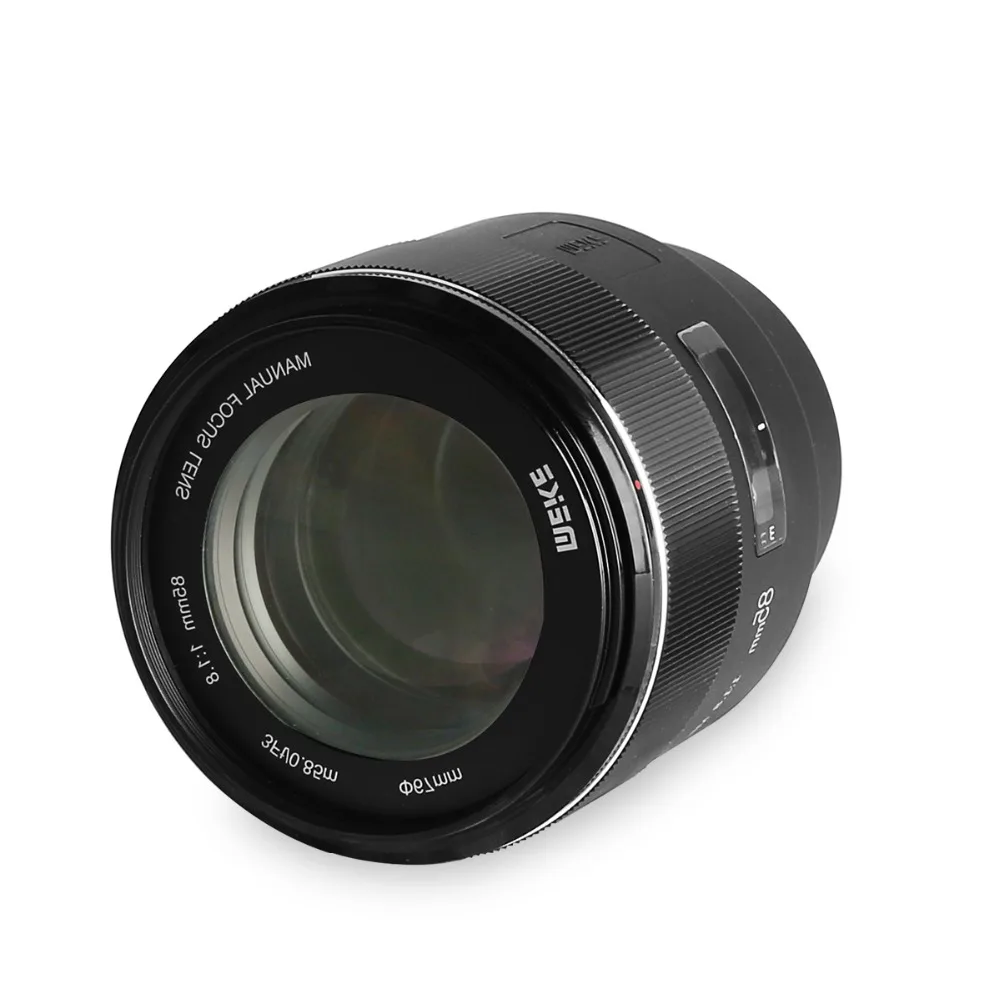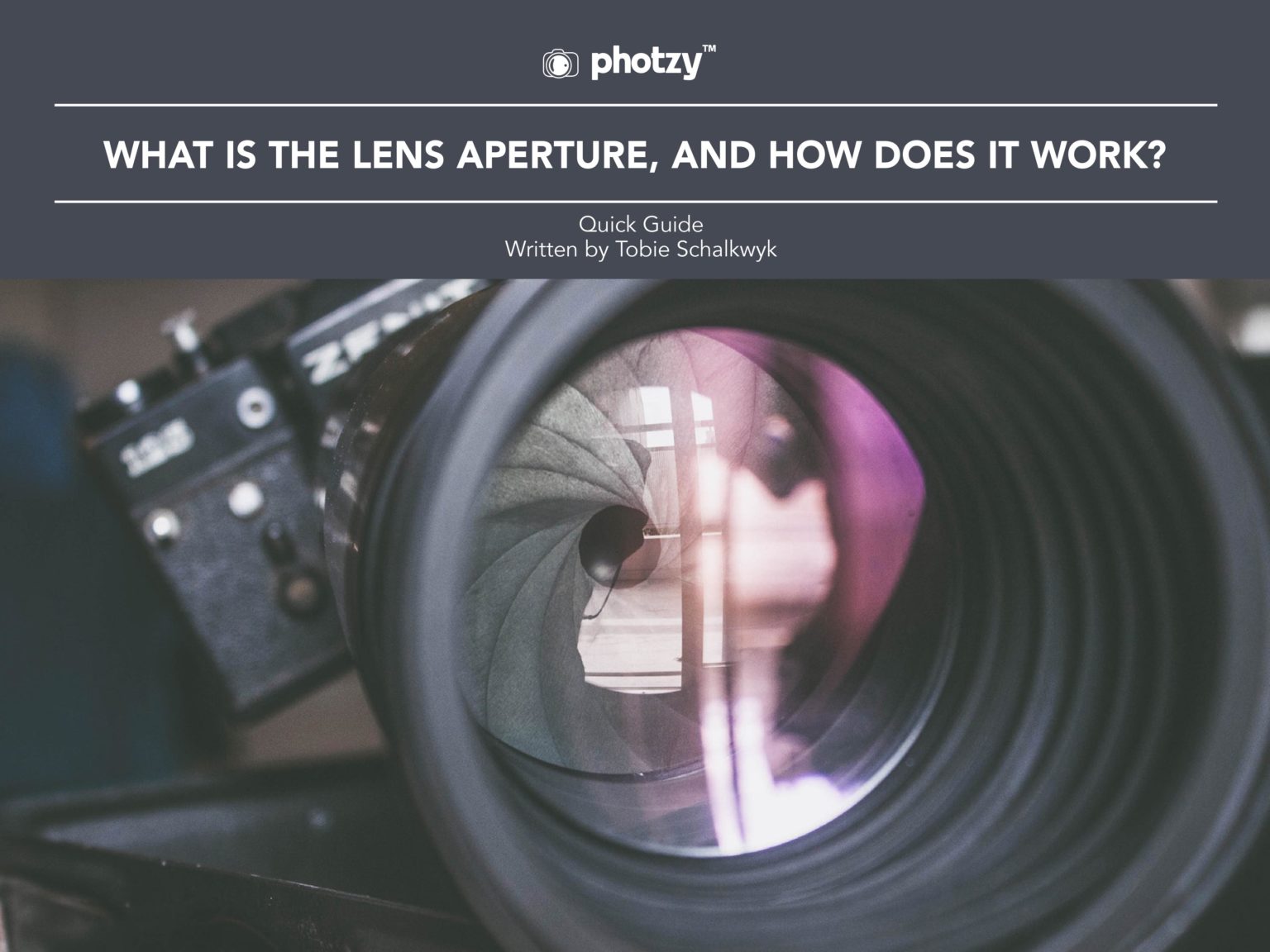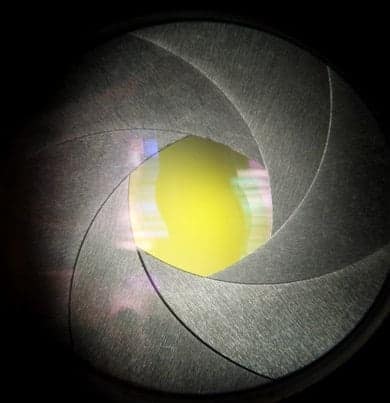


Indeed, if image quality, rather than budget, is your priority, and you’re committed to Nikon’s Z platform, it’s hard to imagine why you'd look anywhere else for this kind of mid-telephoto lens. The S-Line is designed as the best zoom lenses for mirrorless Z-mounts, promising edge-to-edge sharpness and superb optical quality wide open, with the latter of particular interest to astrophotographers.Ĭurrently hovering around the $2,400 mark (quite a bit cheaper than Canon's identically specified RF-mount lens), this has already built up a spectacular reputation for sharpness, as we can attest to in our Nikon Nikkor Z 70-200mm f/2.8 S-Line review. Nikon makes some bold claims about its range of S-Line lenses. Longer focal lengths available for the same, or less, money You'll also need a tripod capable of withstanding that payload. That means, in most cases, you'll need to be using a suitably powerful star tracker for the best results, which will be a significant extra cost. Did we mention this lens costs just a shade under $2,000?ĭrawbacks? We can think of a few, not the least of which being the 4.7 lbs weight, to which you will obviously need to add a camera. The huge amount of magnification on offer allows for some spectacular photographic opportunities. When you consider the potential weight of a 600mm lens with a faster aperture and the image quality capabilities of modern sensors, the compromise is worth the cost, particularly if you have a recent, full-frame camera capable of decent image quality at high ISOs.
#BIG APERTURE LENS ISO#
Admittedly, this does cost you a little light as the aperture can only be opened as wide as f/6.3 once you crank it in, which will cost you either shutter speed or ISO (or a bit of both). There are further practical benefits, the lens' 600mm maximum zoom chief among them. The center of the image is almost absurdly sharp, even when fully zoomed in at 600mm. This is a lens that stands up incredibly well to the torture test of being shot with the aperture wide open, which is a must-have if you're considering using it for astrophotography. However, if you want to check out the best zoom lenses on the market, and what makes them so good, all you have to do is read the round-up below. If that's not enough, we also have more related content whether you're looking for the best camera deals, best cameras for astrophotography or best photo editing apps. The best zoom lenses can turn out to be sizable and heavy, so if you are looking to get one, we recommend considering one of the best camera backpacks to help you out and one of the best tripods for night or longer shoots.


#BIG APERTURE LENS FREE#
While they can be slower in terms of aperture, they compensate by using longer exposures and in terms of astrophotography, the longer lenses' ability to view deep into the cosmos can rival a few telescopes on the market.įeel free to check out our round-up of the best lenses for astrophotography as this guide is dedicated only to the best zoom lenses on the market. The best zoom lenses can be a vital part of any photographer's inventory, especially when they're partnered up with one of the best cameras.


 0 kommentar(er)
0 kommentar(er)
